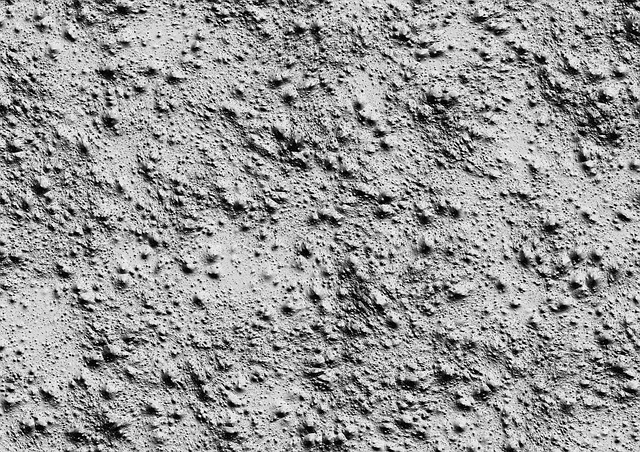Manufacturing enormous quantities of cement while keeping intact its good quality is almost a daunting task. When you buy cement there’s a passable likelihood that the quality of the cement will vary. Thus it becomes imperative to test the cement quality to prevent the risks of a potential collapse of construction that’s being carried out with imperfect material.
Want to know how’s the cement quality tested at a construction site? Read on.
- Adulteration test
- Color test
- Date of packaging or manufacture
- Float tests
- Presence of lumps
- Setting test
- Strength test
- Temperature test
Cement adulteration test
You should feel an inherent smoothness when you touch the cement or rub it against your fingers. If it feels rough, it means that the cement isn’t pure and contaminated with sand. Such a scenario calls for intervention and immediate dismissal of the bags of cement.
Color Test
The cement at your disposal should have uniform coloration. Typically good quality cement will be grey colored with an added tinge of a light green hue. The color of the cement signifies the presence of superfluous clay or lime.
Date of packaging or manufacture
Various research studies have shown that over time, the strength of cement wanes. So it’s key to watch over the manufacturing/packaging date of the cement. By and large, cement must be used before three months from the date of its production.
Float test
The purity of cement can be verified if you sprinkle a little amount of cement into a bucket of water so that you look for the particles to float for a while before they sink. Good quality cement should sink instantly without giving itself a chance to float on water for some time.
Presence of lumps
Any good quality cement is ideally devoid of hard lumps. Lumps are usually formed when the cement absorbs moisture from the atmosphere. Cement goes through a degenerative chemical reaction once it gets exposed to a humid climate, a process known as hydration. Moisture-laden cement gives rise to lump formation. If you come across bags of cement containing such lumps, you should straightaway reject the cement.
Setting test
Cement has a unique hydraulic property of setting under water. You can make a dense mix of cement and water and place the paste on a small glass surface. Keep it on the glass surface submerged in water for one day. If the cement is pure, it should set without showing any cracks. Good quality cement must have the ability to set and gather strength in water.
Strength test
This test can be accomplished by making a 25 mm x 25 mm block of cement with an approximate elongation of 200 mm. Keep the block of cement immersed in water for one week following which you need to take the block out and place it on supports that are apart by 15000 mm. Put a load of 340 N over the block. If the cement quality is good, then the block wouldn’t show any signs of breakage or rupture.
Temperature test
When your hand is inserted into a cement bag, it should give you a cool perception. This indicates the lack of any hydration that might have taken place inside the cement bag.


